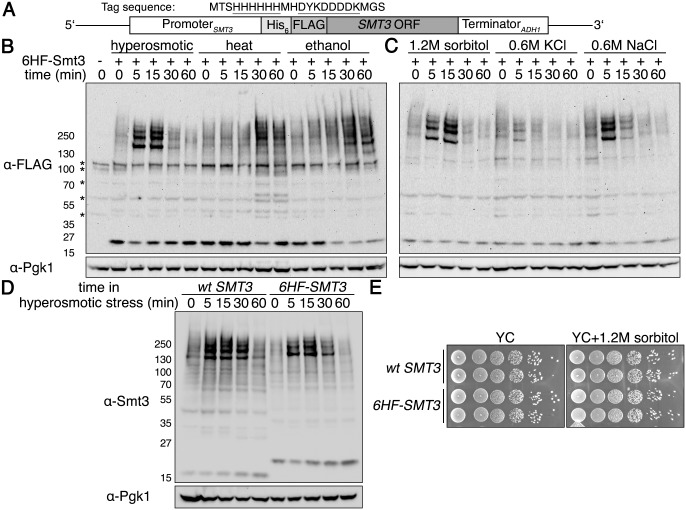Fig 1. Rapid, transient sumoylation occurs during hyperosmotic stress.
(A) Schematic for His6-FLAG-SMT3 located at the genomic SMT3 locus and expressed from the endogenous SMT3 promoter. Sequence of the His6-FLAG sequence is shown, with the His6 and FLAG sequences underlined. The His6-FLAG tag is identical to that used previously [22]. (B) Comparison of global sumoylation changes that occur during a time course of hyperosmotic stress (1.2M sorbitol), heat shock (42°C), or ethanol stress (10% v/v). Cells expressing His6-FLAG-Smt3 (HF-Smt3) were subjected to each stress over a time course of 60 minutes. Changes in sumoylation patterns were examined by western analysis using an anti-FLAG antibody. Cells expressing endogenous Smt3 were used as a control for nonspecific bands, indicated by asterisks on the left. Pgk1 was detected as a loading control. (C) Examination of global sumoylation changes during different hyperosmotic stresses. Western analysis was performed as in (B). (D) Comparison of global sumoylation changes in wild-type SMT3 and His6-FLAG-SMT3 cells during a time course of hyperosmotic stress (1.2M sorbitol). Cell lysates were prepared and proteins separated by SDS-PAGE. Changes in sumoylation patterns were analyzed by western analysis using an anti-Smt3 antibody. (E) Addition of the 6His-FLAG sequence to endogenous SMT3 does not alter growth under non-stressed and hyperosmotic stress conditions. Wild-type SMT3 and His6-FLAG-SMT3 cells were 10-fold serially diluted onto YC plates with and without 1.2M sorbitol and incubated at 30°C for 3 days.

